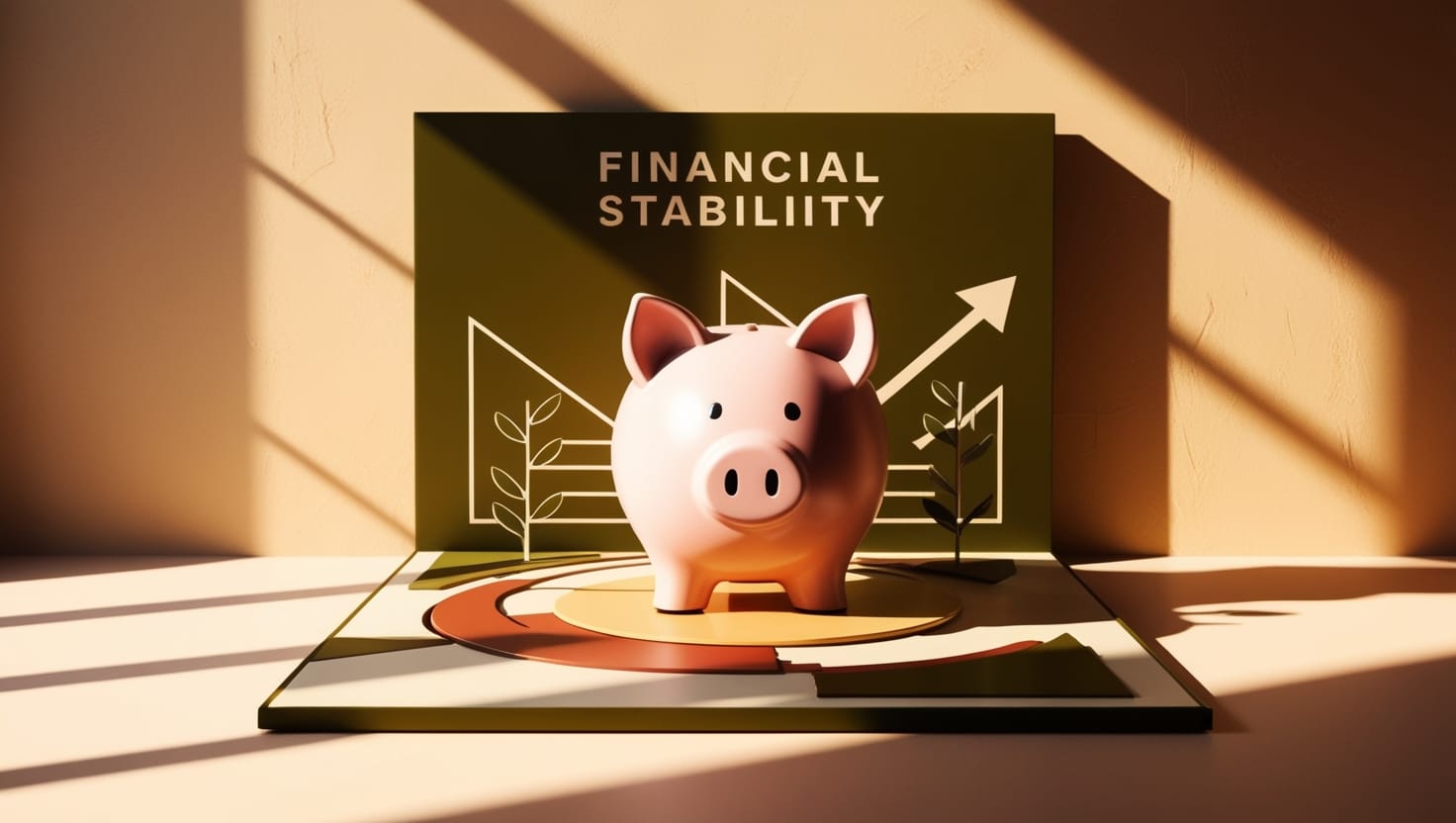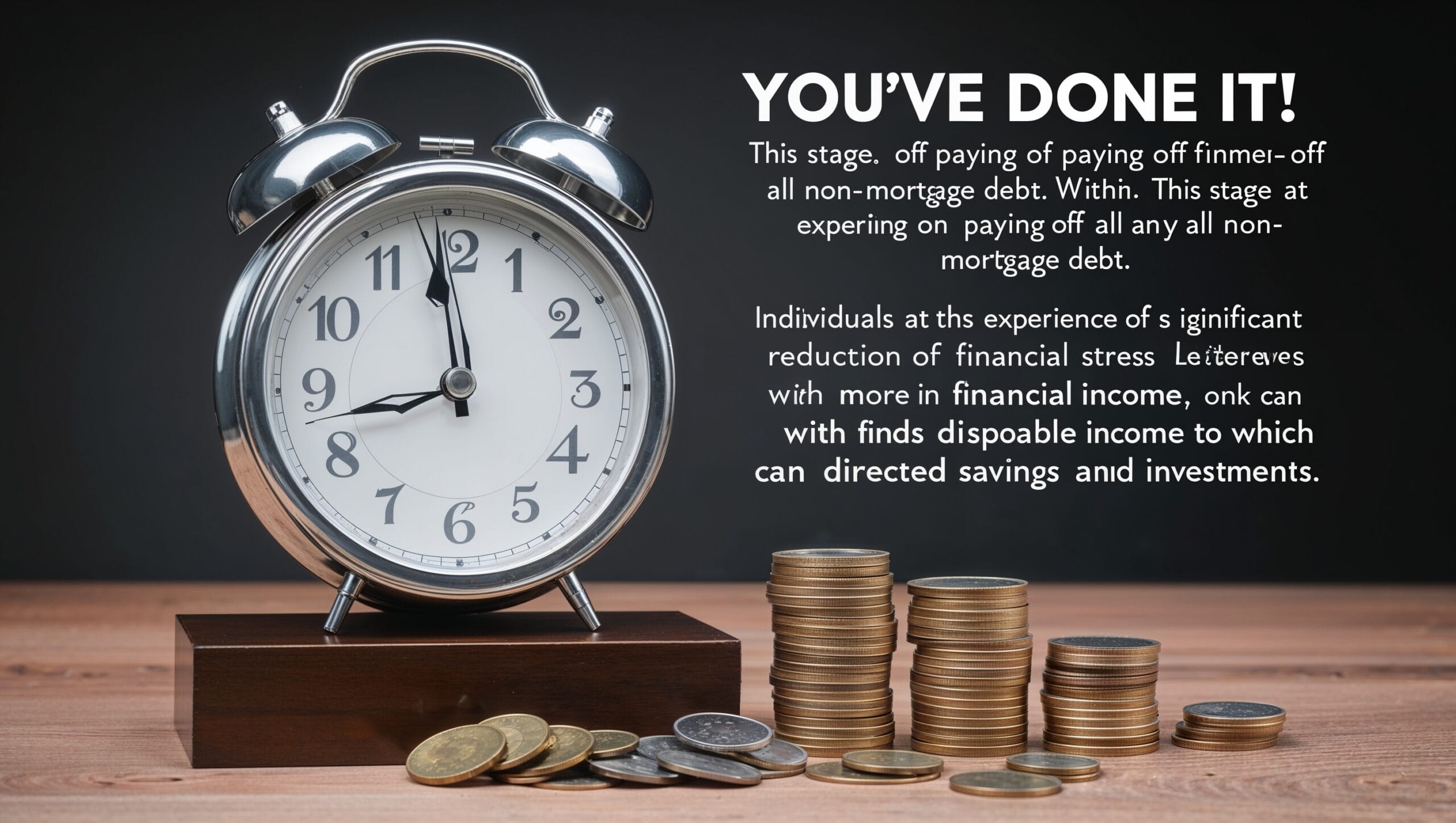welcome to Save Me Budget! I’m Samir Life, your friendly finance enthusiast on a mission to help you navigate the often complex world of personal finance. Whether you’re struggling with debt, seeking ways to enhance your savings, or dreaming of financial independence, you’re in the right place. Here, you’ll find the knowledge, tools, and support needed to take your financial journey to the next level.

Are you new to my blog ? If yes, then I welcome you to save me budget
If you’re new to my blog, I want to extend a warm welcome! Save Me Budget is designed to be a comprehensive resource for individuals at various stages of their financial journeys. You might be feeling overwhelmed by your financial situation, unsure of where to start, or seeking advanced strategies to maximize your wealth. Whatever your circumstances, I’m here to guide you.
Why This Page is Important:
This page serves as a roadmap for new readers. It introduces the various financial stages you may find yourself in and offers tailored articles to help you progress to the next stage. It’s important to recognize that every journey is unique, and understanding where you currently stand will empower you to make informed decisions.
Ready to get started?
To embark on this journey, simply scroll down and identify which stage resonates most with you. Each stage will link to articles filled with practical advice, tips, and strategies designed to help you move forward. Thank you for visiting Save Me Budget! Together, let’s work toward achieving your financial goals.
Financial Dependence
Understanding Financial Dependence
At this stage, you may find yourself relying heavily on others or debt to meet your financial needs. Many individuals in this phase struggle with little to no savings and often carry a significant debt burden. This can lead to feelings of anxiety and uncertainty about the future. It’s important to acknowledge that you are not alone, and recognizing your situation is the first step toward change.
Common Characteristics:
- High Debt Levels: This may include credit card debt, personal loans, or student loans. The interest on these debts can accumulate, making it harder to pay them off.
- Limited Savings: You might have little to no emergency savings, making you vulnerable to unexpected expenses like medical bills or car repairs.
- Reliance on Others: You may depend on family or friends for financial support, which can create stress in those relationships.
Action Steps to Move Forward:
Seek Professional Help: If your debt feels overwhelming, consider consulting a financial advisor or credit counselor who can provide personalized guidance.
Create a Budget: Start tracking your income and expenses. Identify areas where you can cut back to free up funds for debt repayment.
Prioritize Debt Repayment: Focus on paying off high-interest debts first. Consider using the avalanche or snowball method to structure your repayments.

Financial Stability
What Does Financial Stability Mean?
Congratulations! You’ve made progress and have begun to manage your debt effectively. Individuals at this stage can cover their basic expenses without relying on others. You’ve likely created a budget and may have started saving for emergencies. While you’re not yet debt-free, you’re on the right path.
Characteristics of Financial Stability:
- Basic Budgeting Skills: You’ve learned to track your income and expenses, helping you understand where your money goes each month.
- Emergency Savings: You may have started building an emergency fund, even if it’s just a small amount. This fund is crucial for covering unexpected expenses.
- Debt Management: You’ve taken steps to reduce your debt and are likely making regular payments towards it.
Action Steps to Build on Stability:
Educate Yourself on Investments: Start learning about investment options. Understanding the basics of investing can set you up for future financial growth.
Continue Budgeting: Keep refining your budget. Look for ways to increase your savings, such as cutting discretionary spending.
Build Your Emergency Fund: Aim for at least three to six months’ worth of living expenses. This will provide a financial cushion for unexpected situations.

Debt Freedom
What is Debt Freedom?
You’ve done it! This stage marks the achievement of paying off all non-mortgage debt. Individuals at this stage experience a significant reduction in financial stress and often find themselves with more disposable income, which can be directed towards savings and investments.
Key Features of Debt Freedom:
- No More Non-Mortgage Debt: You’ve eliminated credit card debt, personal loans, and other non-mortgage obligations.
- Improved Credit Score: With your debt paid off, your credit score is likely improving, which opens doors for better financial opportunities.
- Increased Financial Confidence: You’re feeling more empowered to make financial decisions and plan for the future.
Action Steps to Maintain Debt Freedom:
Continue Education: Stay informed about financial literacy. The more you learn, the better decisions you can make for your future.
Create a Debt-Free Lifestyle: Avoid falling back into old habits. Maintain your budgeting and saving practices.
Start Investing: With your newfound disposable income, consider investing in retirement accounts or other investment vehicles.

Financial Security
Understanding Financial Security
At this stage, you’ve built up a sufficient emergency fund and have begun investing for your future. Financial security means you’re less vulnerable to financial shocks, such as job loss or unexpected expenses. You’re actively working towards achieving your long-term financial goals.
Characteristics of Financial Security:
- Emergency Fund Established: You have a financial cushion that covers three to six months of living expenses, which gives you peace of mind.
- Investing for the Future: You’ve started contributing to retirement accounts, such as a 401(k) or IRA, and may have diversified your investments.
- Budgeting and Savings Habits: You’ve solidified good financial habits, including consistent budgeting and saving.
Action Steps to Enhance Financial Security:
Set Clear Financial Goals: Define your short- and long-term financial goals, whether it’s buying a home, starting a business, or planning for retirement.
Maximize Retirement Contributions: Take full advantage of employer-sponsored retirement plans, especially if they offer matching contributions.
Diversify Your Investments: Explore various investment options to build a diverse portfolio that aligns with your risk tolerance and financial goals.

Financial Independence
What is Financial Independence?
Congratulations on reaching a significant milestone! At this stage, you’ve accumulated enough wealth that you no longer need to rely on a traditional job to cover your living expenses. Individuals often have multiple streams of passive income, such as investments, rental properties, or business ventures.
Key Features of Financial Independence:
- Multiple Income Streams: You may have rental properties, dividend-paying investments, or other sources of passive income.
- Greater Freedom in Life Choices: You have the flexibility to make choices based on your desires rather than financial constraints, such as taking a career break or pursuing a passion project.
- Focus on Growth: You can concentrate on growing your wealth further, investing in new opportunities, or even giving back through charitable endeavors.
Action Steps to Sustain Financial Independence:
Plan for Taxes and Estate: As your wealth grows, it’s essential to understand tax implications and estate planning to protect your assets.
Invest in Yourself: Continue to educate yourself on wealth-building strategies, whether through courses, books, or seminars.
Explore New Investment Opportunities: Consider investing in real estate, stocks, or other ventures that can provide additional income streams.

Financial Freedom
Achieving Financial Freedom
This is the ultimate stage where you have complete control over your finances. You’ve built enough wealth to sustain your desired lifestyle indefinitely without needing to work for money. Financial freedom allows you to pursue your passions and interests without financial constraints.
Characteristics of Financial Freedom:
- Sufficient Wealth: You have enough assets and income to support your lifestyle, whether that means travel, hobbies, or philanthropy.
- Ability to Pursue Passions: You can spend your time on what you love, whether that’s volunteering, traveling, or starting a new business.
- Peace of Mind: Financial worries are minimal, allowing for a more relaxed and enjoyable life.
Action Steps to Maintain Financial Freedom:
Give Back: Consider using your financial resources to support causes you care about, whether through donations or volunteering.
Regularly Reassess Your Financial Plan: As life changes, so should your financial strategies. Review your goals and adjust your plans accordingly.
Stay Engaged with Your Finances: Even in financial freedom, stay informed about your investments and financial opportunities. This engagement ensures your wealth continues to grow.





